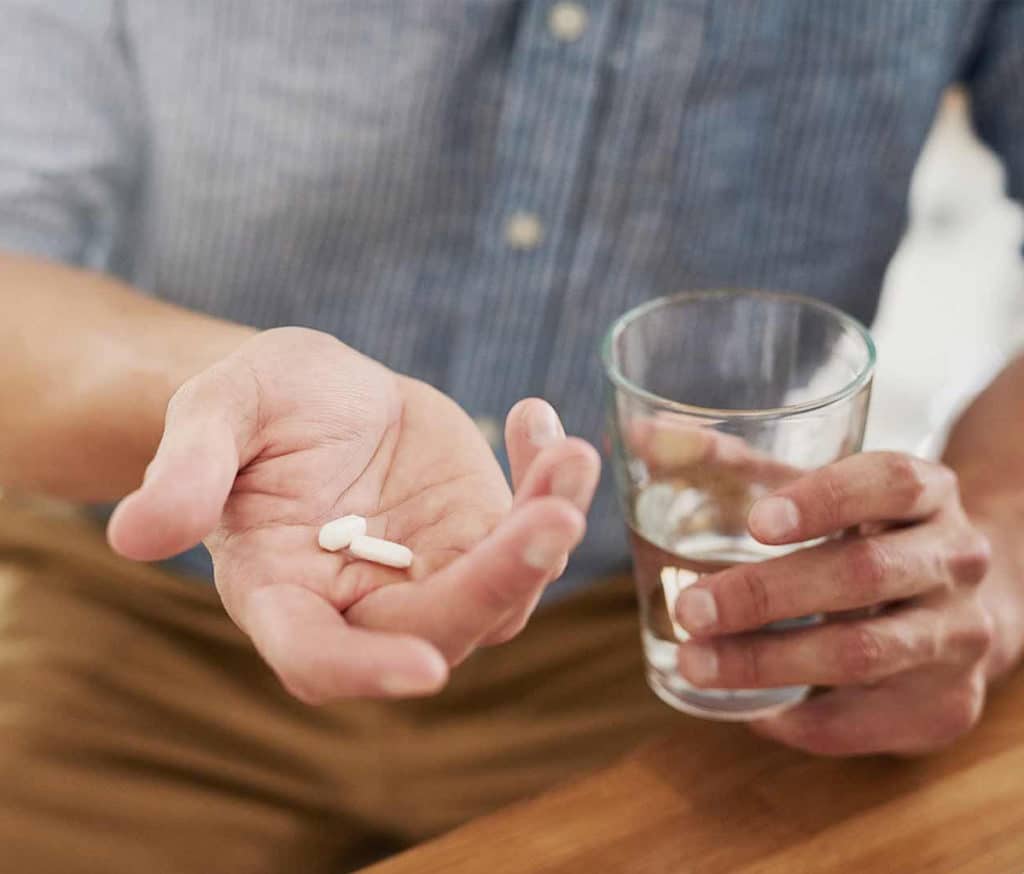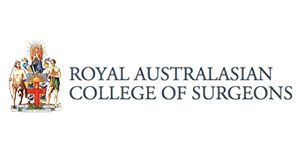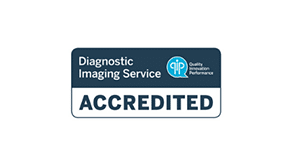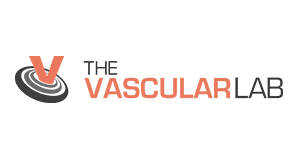Venous Ulcer
What is an ulcer?
An ulcer occurs when there is a break in the skin, allowing air and bacteria to enter the underlying tissue. There are two main kinds of ulcer, arterial and venous. An arterial ulcer develops as the result of a blockage of the lower limb arteries and poor blood flow to tissues. A venous ulcer develops due to damage to the skin caused by an insufficient return of blood back to the heart.
Unlike other ulcers, arterial ulcers and venous ulcers can take months to heal, if they heal at all. They both require bespoke treatment to help encourage healing and a quick recovery.
At The Vein Lab, we focus on the treatment of venous ulcers. To find out more about arterial ulcers, click here.
What are Venous Ulcer symptoms?
Both arterial ulcers and venous ulcers will cause pain and swelling. However, aside from these symptoms will likely vary.
For venous ulcers, they will most likely occur below the knee and on the inner area of the ankle. Venous ulcers can be both painful and relatively painless. Other typical symptoms may include:
- Swelling
- Inflammation
- Aching
- Itchy skin
- Scabbing or flaking
- Brown or black stained skin.
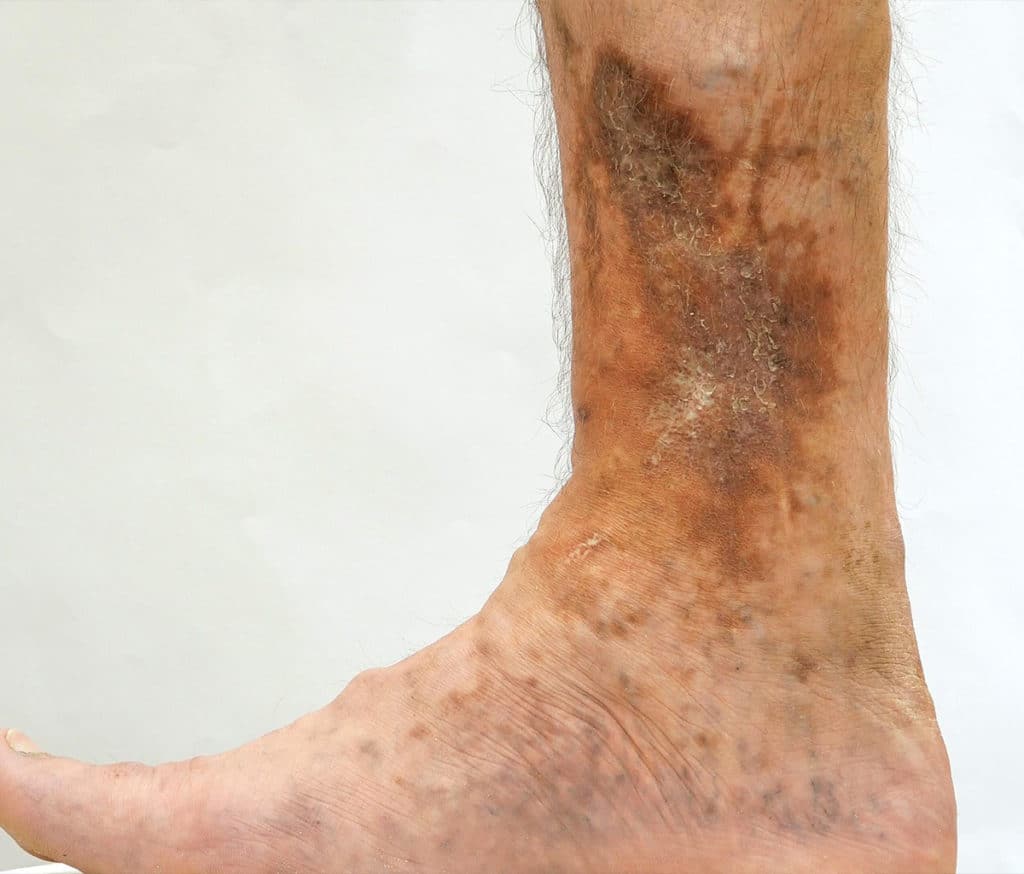
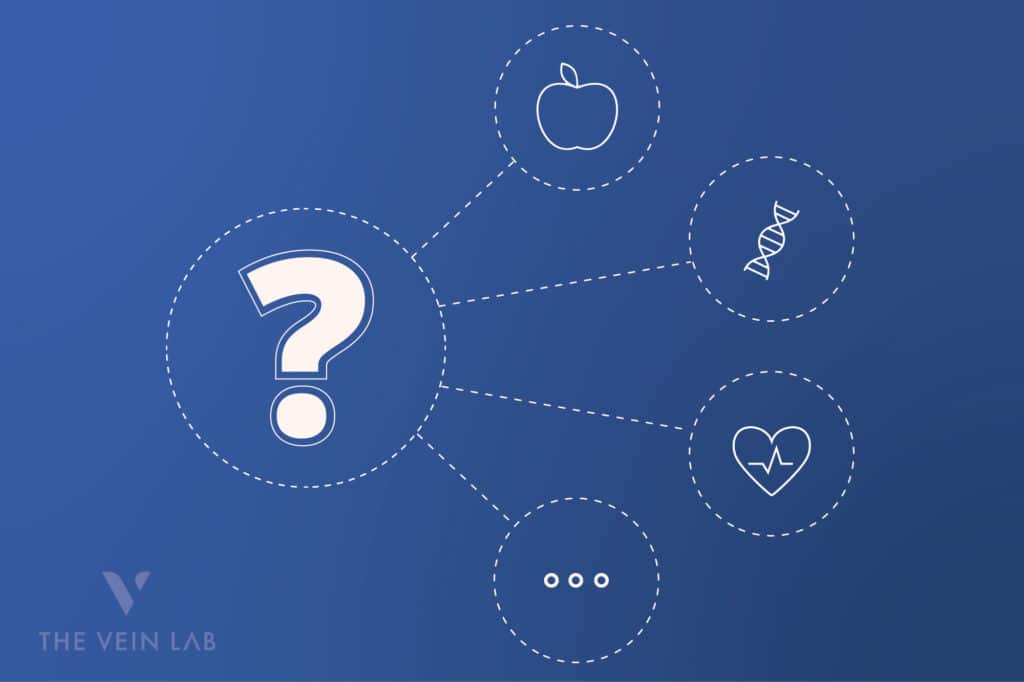
Why do they occur?
Venous ulcers are the most common kind of leg ulcer and are caused due to damaged veins. If blood does not flow correctly through the veins, it can pool in one area of the body. This results in damage to the vein and leakage of fluid and blood cells, causing pain and swelling. As a result, the tissue will die, and an ulcer will begin to form.
Other factors that increase risk include:
- Varicose veins
- High blood pressure
- Trauma
- Fractures or injuries
- Obesity
- Blood clotting disorders
- Deep vein thrombosis
- Heart failure.
How are they treated?
Venus ulcers can take many months to heal, with some rare cases never healing at all. To help treat the ulcer, blood flow will need to be restored to the area. This will likely be achieved through a mixed approach including:
- Antibiotics to treat the underlying cause and prevent infection
- Education regarding the best way to clean and bandage the wound
- Compression therapy
- Gentle exercise.
